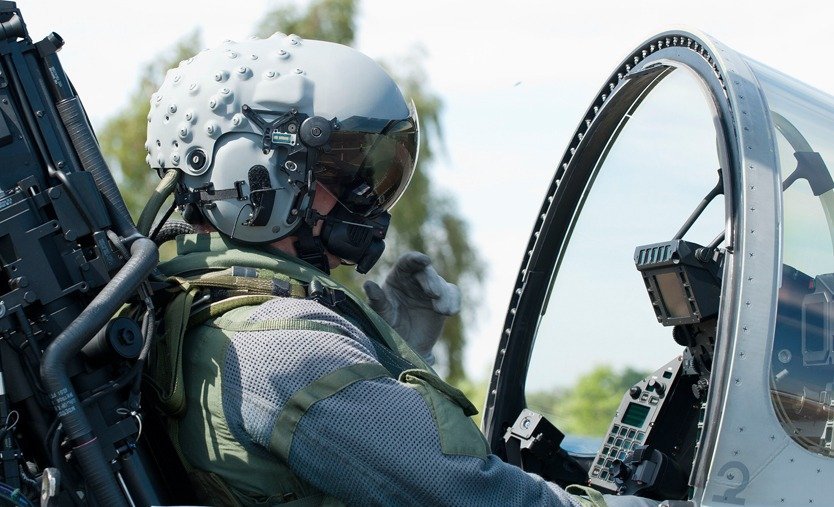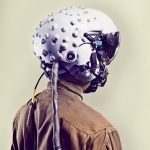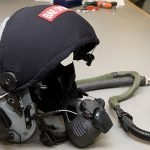Typhoon Gets Most Advanced Pilot Helmet

Typhoon helmet is a revolutionary breakthrough when it comes to air superiority and combat capabilities. Designed by BAE Systems (UK), this helmet will provide a massive edge to the Eurofighter Typhoon over its rivals. This newest fighter helmet allows the pilot to look at multiple targets, lock on to them, and prioritize them by using voice command. The stunning feature is that, it can even allow pilots to see enemy aircraft through the body of the plane.
Infrared LED’s are placed at the top and backside of outer helmet which protrude above the surface. These LED clusters are precisely arranged in a group of 4 to calculate the head orientation inside the cockpit. The LEDs on the helmet flash and the 3 sensors in the cockpit detect where the pilot is looking. The image of the enemy aircraft is projected on the helmet’s visor. Imagery projected gives information about speed, height and more importantly the precise position of any enemy aircraft or missiles.
Let’s take a look upon how precisely this helmet works with the help of an illustration:

- The radar fitted in the nose of the Typhoon detects enemy aircraft in the surrounding airspace which is out of pilot’s sight.
- As the pilot looks down, the position of the enemy aircraft is projected onto his visor. Then he can lock-on to the aircraft by voice command which is then tracked by the aircraft’s weapons systems.
- The pilot can also lock-on to enemy aircraft number 2 closing rapidly in over his right shoulder.
- He can then prioritize his targets by voice command before engaging his weapons.
- It’s a lightning-fast system to let the pilot look, lock-on, and fire. Wherever the pilots head turns, his sensors and weapons face the same direction.
Now this is where the Typhoon helmet system leaves behind other conventional systems. Conventionally a pilot has to maneuver his aircraft into the direction of the target to be fired upon whereas the Typhoon helmet allows the pilot to let his helmet do the pointing without wasting the vital time in maneuvering the aircraft.
The helmet is lightweight with a total weight of 1.9kg and is custom fitted for comfort and balance. The helmet is made to measure for each pilot because it has to fit perfectly to ensure the weight is distributed evenly. The pilot’s head is scanned with a laser for size and shape and a 3D model of it is then developed along. Other measurements taken include the distance between the eyes. The inner lining is manufactured to the exact shape of the pilot’s head and is finished in Italian leather.
Source: BAE Systems
SEE ALSO: BAE Systems’ ‘The Cloak of Invisibility’
YOU MAY ALSO LIKE: Check-Out the British Army’s New Toy: ‘PD-100 Black Hornet Nano Drone’

